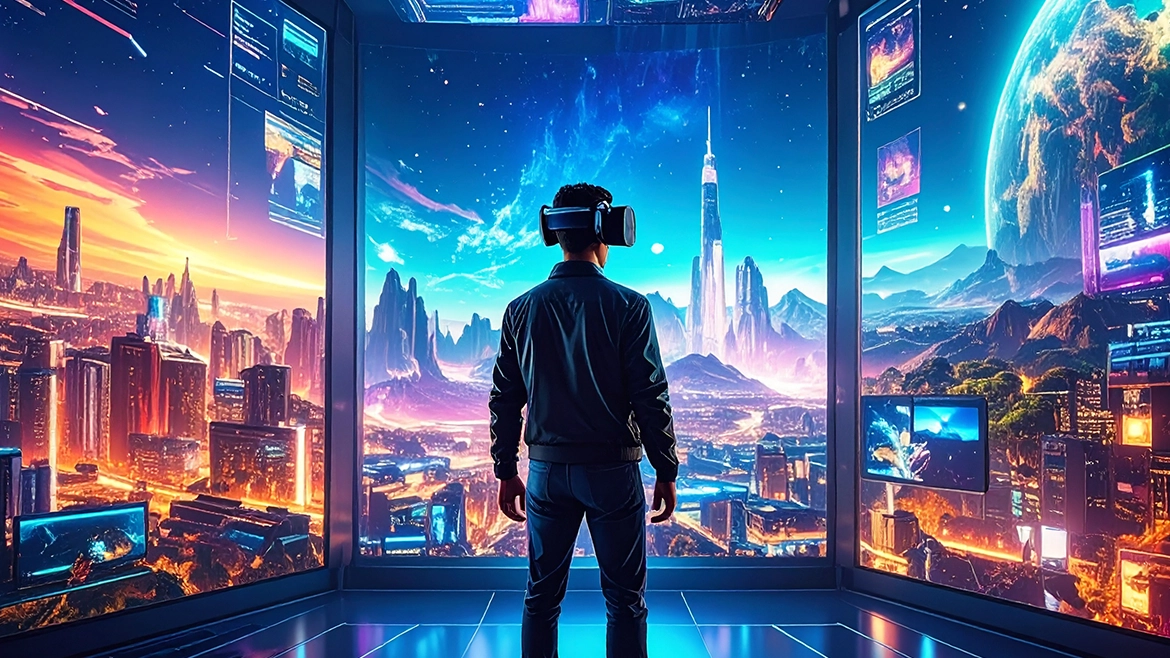The boundaries between physical and digital spaces are dissolving. At the center of this transformation is a new generation of technology called synthetic reality engines. These systems combine augmented reality (AR), virtual reality (VR), and artificial intelligence to create experiences where the real and virtual co-exist so seamlessly that it becomes hard to tell them apart.
Unlike traditional AR or VR setups, synthetic reality engines are built to respond in real time to both user behavior and environmental input. They are not just platforms for visual overlays but integrated ecosystems that pull data from multiple sources, interpret human interaction, and project immersive responses into your field of view. From lifelike avatars to digitally generated environments that blend into your living room, these engines are redefining what it means to experience reality.
Companies like Meta, Apple, and Magic Leap are investing heavily in mixed reality headsets and tools that adapt to individual users. Apple Vision Pro, for instance, merges eye tracking, spatial audio, and detailed hand gesture recognition to place users in a space that feels both grounded and surreal. These are not just headsets for gaming or media. They are gateways to collaborative workspaces, therapy simulations, interactive learning modules, and real-time creative environments.
Synthetic reality is also becoming wearable. Advances in lightweight displays, AI-powered visuals, and tactile feedback systems mean that glasses or even contact lenses could one day act as portals into digitally enriched worlds. These devices will be capable of interpreting emotion, adjusting narrative outcomes, and responding dynamically to your choices and surroundings.
However, as the line between real and virtual becomes increasingly blurred, critical conversations are emerging. What happens when simulated experiences feel more rewarding than real ones? How do we safeguard privacy, identity, and well-being in a world where illusion and reality constantly overlap?
Synthetic reality engines are more than a technological leap. They signal a cultural shift. In the coming years, the question may no longer be whether we are online or offline, but how much of what we see, feel, and believe is shaped by machines building our reality in real time.


